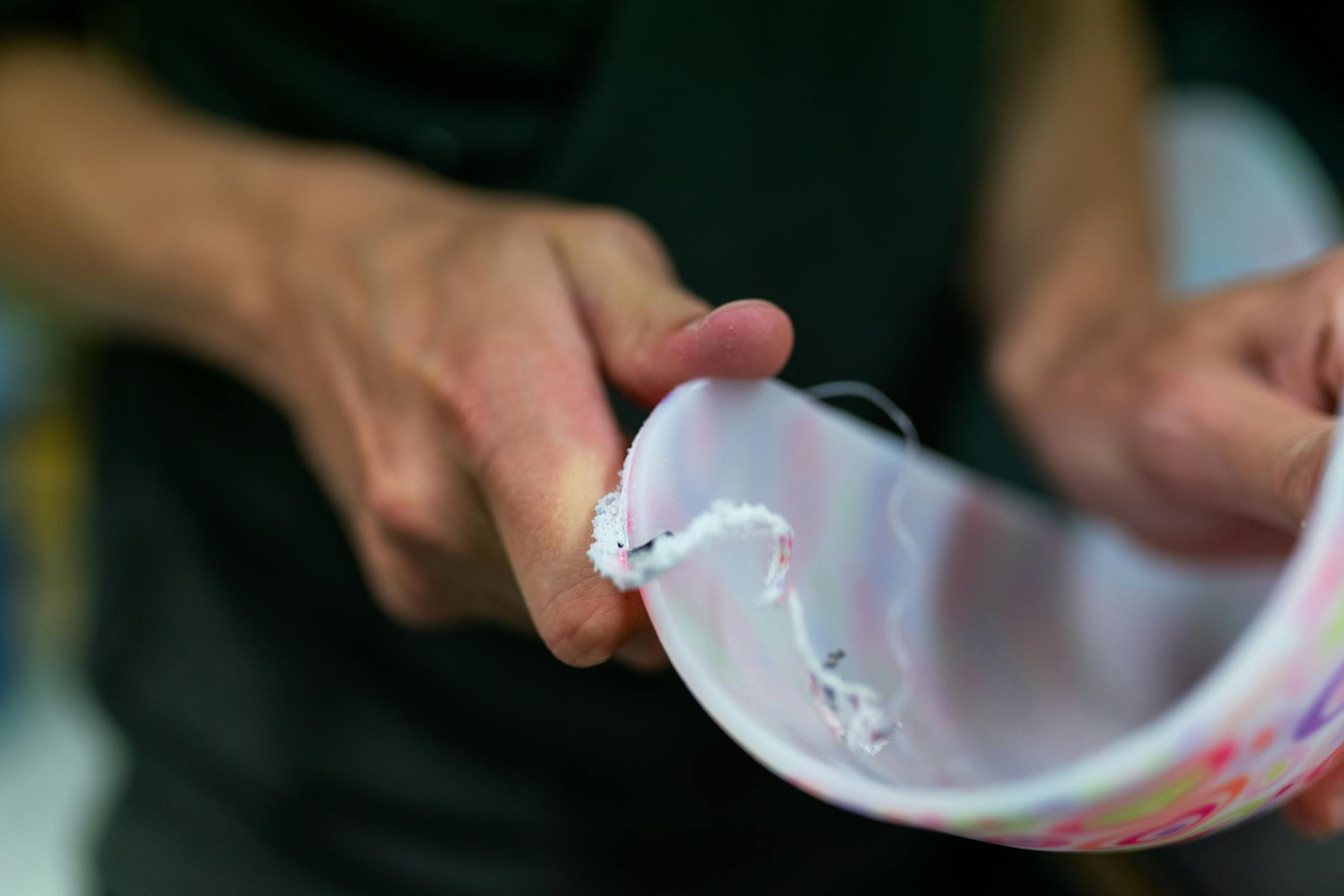Tragedy Strikes as Young Boy Dies Following Medical Procedure
Perth Community Grapples with Preventable Loss
A Perth family is mourning the loss of their two-year-old son, David Kalunga Flynn, who died following a circumcision procedure. The incident has prompted a referral to the state’s medical watchdog, raising questions about the circumstances surrounding the young boy’s death and the preventative measures in place for such common procedures.
Circumstances of the Incident
According to reports, the tragic event unfolded in Perth, where the young boy underwent a circumcision. While the exact details leading to his death are subject to ongoing review, the case has been escalated to the Health and Disability Services Complaints Office (HADOSCO), Western Australia’s independent statutory body for health and disability services complaints. This referral signifies a formal investigation into the medical care provided.
Community Outcry and Official Response
The news has sent ripples of grief and concern through the Perth community. Parents often entrust their children’s well-being to medical professionals, and instances like this can erode that confidence. The “devastating” and “preventable” nature of the death, as described in initial reports, underscores the profound impact on the family and the wider public. HADOSCO’s involvement indicates a commitment to thoroughly examining the case to understand what went wrong and to identify any systemic issues.
The Role of Medical Watchdogs
Medical watchdogs play a critical role in ensuring patient safety and accountability within the healthcare system. HADOSCO, for example, investigates complaints about public and private health services, aiming to resolve issues and recommend improvements to prevent similar incidents. Their process typically involves gathering information from all parties involved, including the complainant, the healthcare provider, and relevant health agencies. The outcome of such investigations can range from apologies and conciliation to recommendations for changes in practice or policy.
Understanding Circumcision Procedures
Circumcision is a surgical procedure that involves the removal of the foreskin from the penis. It is performed for a variety of cultural, religious, and medical reasons. While generally considered safe when performed by trained professionals, like any surgical intervention, it carries inherent risks, including bleeding, infection, and rare complications affecting the anatomy. The reported death of David Kalunga Flynn highlights the importance of stringent protocols, careful patient assessment, and meticulous execution of even routine procedures.
Navigating Medical Care and Parental Concerns
For parents, the decision to undergo medical procedures for their children involves a significant amount of trust. When adverse outcomes occur, especially in seemingly straightforward cases, it naturally leads to heightened scrutiny and a demand for answers. Families facing similar situations are often advised to seek clear communication with their healthcare providers, understand the risks and benefits of any procedure, and know their rights regarding patient advocacy and complaint resolution. Resources like HADOSCO provide a pathway for addressing concerns and seeking redress.
Moving Forward: Lessons Learned
The investigation into David Kalunga Flynn’s death will likely focus on the specific actions taken during and after the procedure, adherence to clinical guidelines, and any potential contributing factors. The findings are expected to offer crucial insights for the medical community in Western Australia, potentially leading to revised training, updated protocols, or enhanced oversight for circumcision procedures and similar medical interventions. The ultimate goal is to prevent such heart-wrenching losses from occurring in the future and to reinforce public trust in the healthcare system.
Key Takeaways
- A two-year-old boy died in Perth following a circumcision procedure.
- The case has been referred to the Health and Disability Services Complaints Office (HADOSCO) for investigation.
- The incident has raised concerns within the community regarding the safety of medical procedures.
- Medical watchdogs like HADOSCO are vital for ensuring patient safety and accountability.
- Understanding the risks associated with any medical procedure and knowing avenues for complaint resolution are important for parents.
Seeking Information and Support
Families seeking more information about patient rights or the complaint process within Western Australia’s health system can refer to the official HADOSCO website. For general guidance on medical procedures and safety, consulting with reputable health organizations is recommended.
References
- Health and Disability Services Complaints Office (HADOSCO) – Official website providing information on complaints and patient rights in Western Australia.














